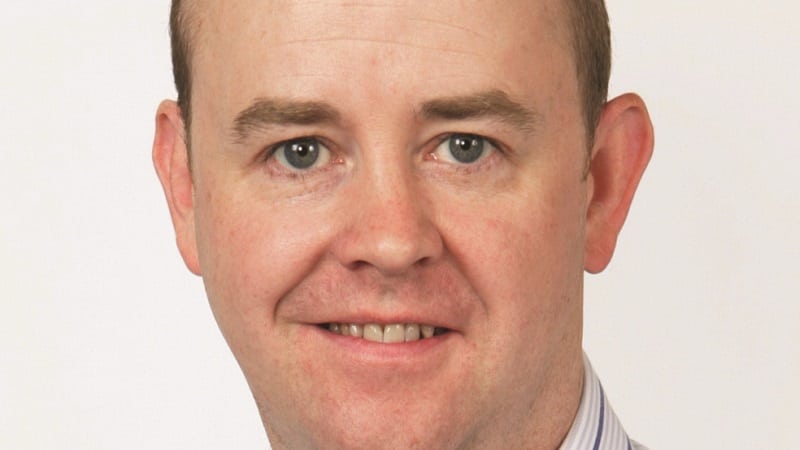There’s no doubt that inflation is the bogeyman spooking global markets at the moment, and this poses two key questions for investors. The first is whether it is transitory or whether it will turn out to be more embedded in the system than it has been for many years. The second is whether the higher numbers will cause central banks to freak out and raise interest rates faster and higher than they currently intend.
While the first question will undoubtedly take a few months to answer, the second has been the one which has continued to underpin market confidence in the past few months. The rhetoric from the Federal Reserve has always been unmoved towards changing its position on rising inflation – until now.
We cannot hide from the fact inflation appears to be everywhere – supply chain disruption, logistics challenges across the globe and commodities – agriculture and metals have seen their prices rise. The only place it has been missing is in wages – an area the Fed will ultimately have to respond to.
But are the big headline growth numbers starting to get too big to ignore? Figures from Schroders estimate 2021 will produce the fastest year of growth in the 21st century – just shy of 6% – aided by a recovery in the services sector as lockdowns ease across many countries in the developed world*.
Last week’s Federal Reserve meeting took place amid a firmer inflation outlook. US inflation came in at 5% in May – the highest in 13 years – while it now stands at 2.1% in the UK. It marked a hawkish surprise, with two interest rate hikes pencilled in for 2023, with the Fed previously indicating none as recently as March this year. However, there appeared no change to the Fed’s attitude on policy accommodation, actions which have seen it pass nearly $3trn in stimulus spending in the first quarter of this year – on top of $2.2trn at the start of the pandemic**.
Schroders believes the current inflation spike will be temporary, citing that it tends to decline during economic recoveries as businesses get back to work. In a research note it states that as productivity strengthens it will allow companies to keep prices competitive and contain any spike in inflation. However, the note adds that inflation could continue to rise in 2023 and beyond unless action is taken to cool increasing demand following the recovery from the pandemic*. This means that central banks will need to consider a firmer policy stance – something which now seems to be firmly on the radar.
Fidelity global economist Anna Stupnytska says the Fed will be cautious and measured in scaling back monetary stimulus, given it faces an extremely delicate balance between providing just enough accommodation to sustain easy financial conditions and manage the higher debt burden and, at the same time, keeping inflation and financial stability risks in check.
Close Managed Income co-manager Matthew Stanesby says he still sits in the “inflation is transitory camp” but says there may be more price-inflation in the system than perhaps people are estimating. He says we will get more answers toward the end of 2021 as people come off furlough in the UK (or other variants of this in other countries) as it is at this point that we will start to see wage inflation. He believes the Fed is faced with a conundrum in that they’ll be seen to be sitting on their hands if they don’t normalise rates before the market starts pricing in inflation expectations – this is why you’ll see changes like last week to protect themselves from falling into that position.
I’m now in the same camp that inflation is more stubborn/endemic in markets than perhaps we thought early on in 2021, particularly as it no longer looks to be focused on one area, but the key will be wage growth – I don’t think we have to be that worried until that comes through.
However, the moves we are seeing are not good for the bond market, particularly government bonds – which only appear attractive if you think another major sell-off is around the corner. We currently prefer high yield offerings – such as Baillie Gifford High Yield Bond and Man GLG High Yield Opportunities – or emerging market debt, where the M&G Emerging Markets bond fund is a good option. However, investors may also prefer the flexibility of a strategic bonds like Gam Star Credit Opportunities, which invests in both high yield and financials, both of which should not feel as much pressure from rising inflation.
*Source: Schroders – Could global growth this year be the fastest this century? – June 2021
**Source: Forbes – Should You Be Worried About Inflation?










